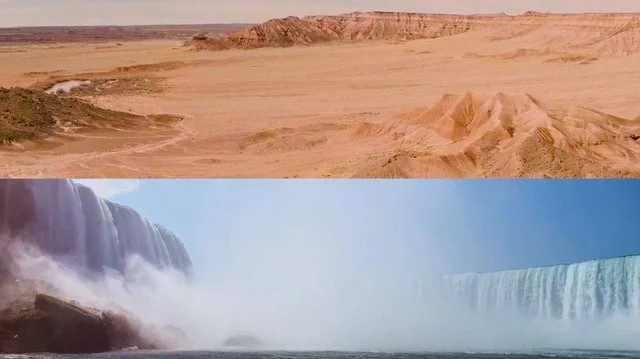Terri Sisson Park, designed by Rundell Ernstberger’s Daniel Liggett in close collaboration with Big Car Collaborative staff artists, features many ways for visitors to experience and enjoy art and nature while also socializing with others. It’s open to the public during daylight hours.
The park greenspace borders and connects the two contemporary art museum buildings on our campus, nature, and local waterways. And these welcoming and restorative spaces have really helped establish our block as a campus. They directly tie in with the idea that the museum serves as a center for peace and restoration in the community.
The Efroymson Family Fund made the naming of Terri Sisson Park possible. Terri Sisson is the mother of Big Car co-founder and Tube Factory curator, Shauta Marsh. Dedicating the park to Terri, who passed away in 2022, is especially fitting because the park is a shrine to motherhood.
“Otherhood and Motherhood are two main themes that thread through this greenspace,” Marsh says. “It’s a place for people who have no one. It’s a space for people who have more people in their life than they know what to do with.”
“My mother was a bottomless ocean of love and patience,” Marsh says. “She saw the best in people. And that’s the spirit the world really needs. That’s why we will celebrate her with the naming of this park. It was the meaning of her to hold a space for everyone, for total strangers, for friends, for family.”
Read More


















